Why Fashion Photography Is Booming in 2025 and What It Means for Your Brand
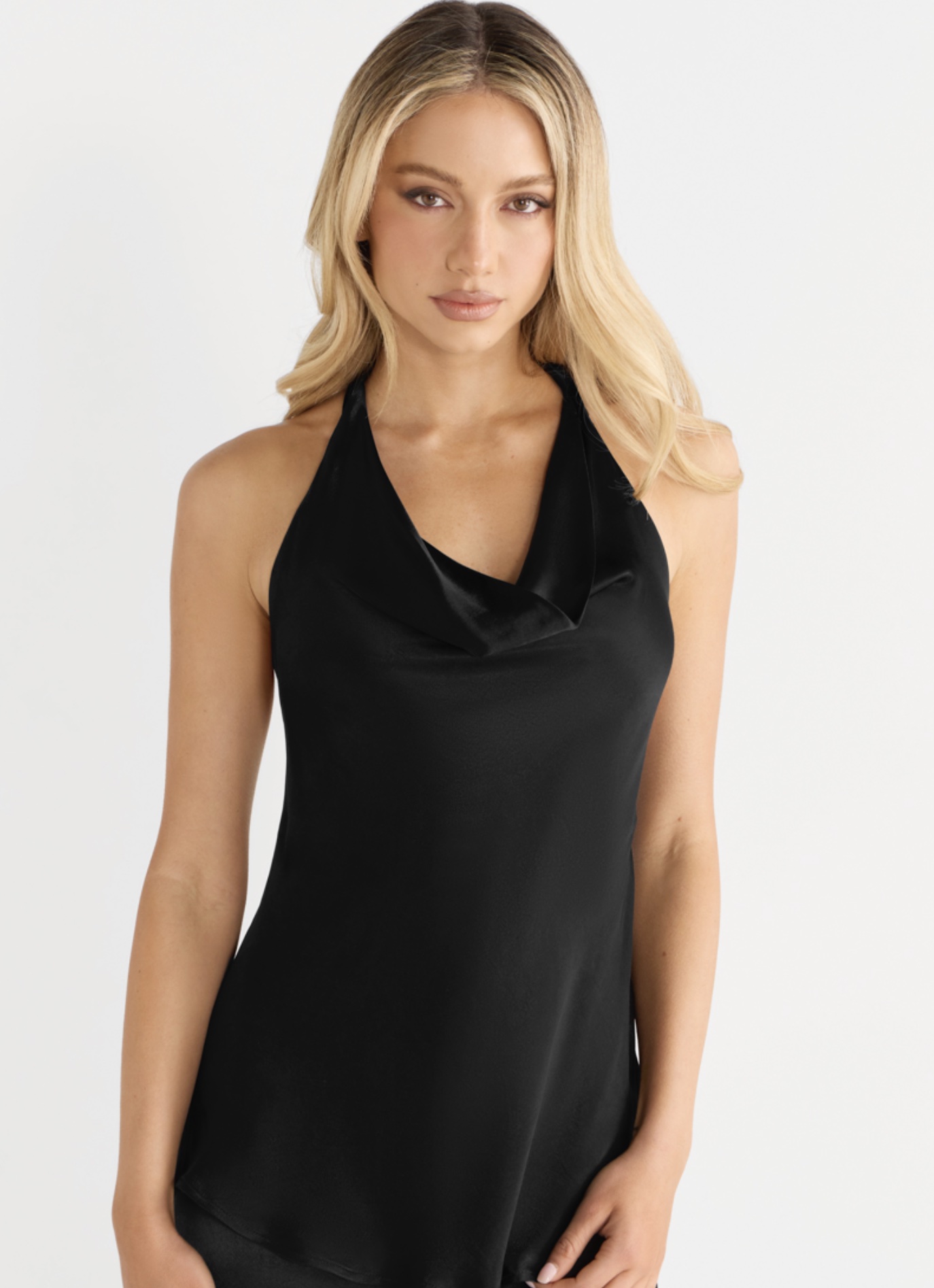
8 Creative Fashion Photography Ideas: Stunning Shots from Our Ecommerce Portfolio
Fashion brands need to find innovative ways to stand out in the eCommerce market. To engage their audience, fashion product photography should go beyond standard images, creating bold visuals that reflect the brand's essence. Exceptional photography evokes emotions and tells a story, shaping customer perceptions before they interact with the product. At Design Identity, we specialise in creating compelling narratives through fashion product photography that help brands make a lasting impression.
Here are 8 innovative fashion photography concepts we’ve successfully implemented across our eCommerce portfolio.
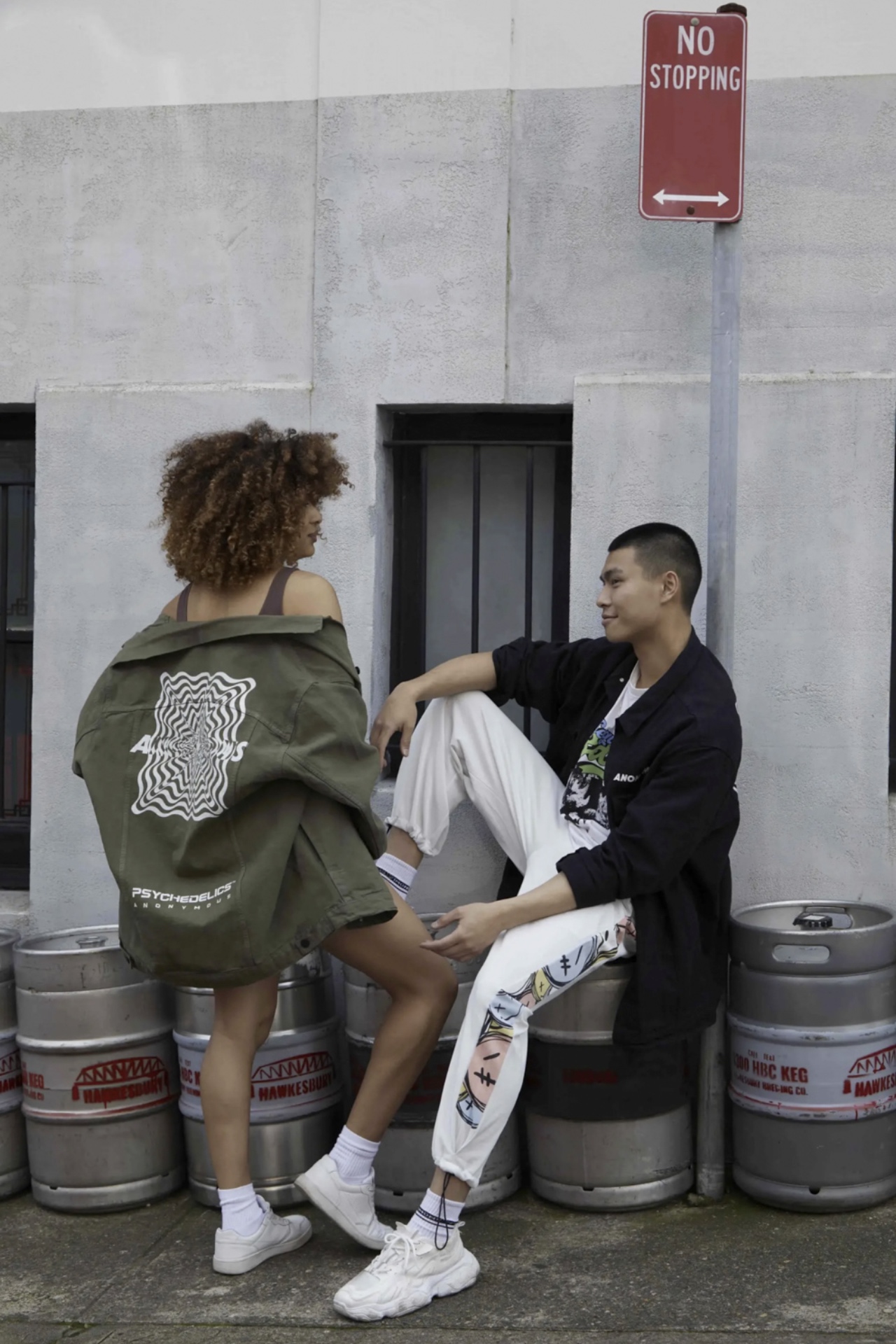
Overview of Creative Fashion
Creative fashion photography combines technical skills with imagination. It also requires a strong attention to detail that can enhance the art. To succeed in this field, you need to understand basic photography skills. This includes knowing camera settings, lighting techniques, and composition rules. However, this art goes beyond just taking pictures. It is a powerful way to tell stories and can stir deep emotions in viewers. This guide aims to inspire both new and experienced photographers. It offers many techniques and tips to help you create stunning fashion images. These images should connect with audiences and help you master the basics while exploring your own creative ideas.
1. Bring Static Fashion to Life with Motion
Why It Works: Motion in fashion photography brings energy and confidence. These are qualities that shoppers want in stylish products. A well-executed fashion shoot requires careful planning and collaboration among various creatives.
Execution Tips: Capture models mid-twirl, walking, or adjusting their outfits during the photo shoot. This gives garments dimension and helps buyers imagine how they move in real life.
Pro Insight: Use a fast shutter speed to freeze motion. You can also use natural wind or a fan to add gentle movement to flowing garments. The goal is to create an experience that is both visually appealing and dynamic. Experiment with creative ways to capture motion, such as using different camera techniques or props.
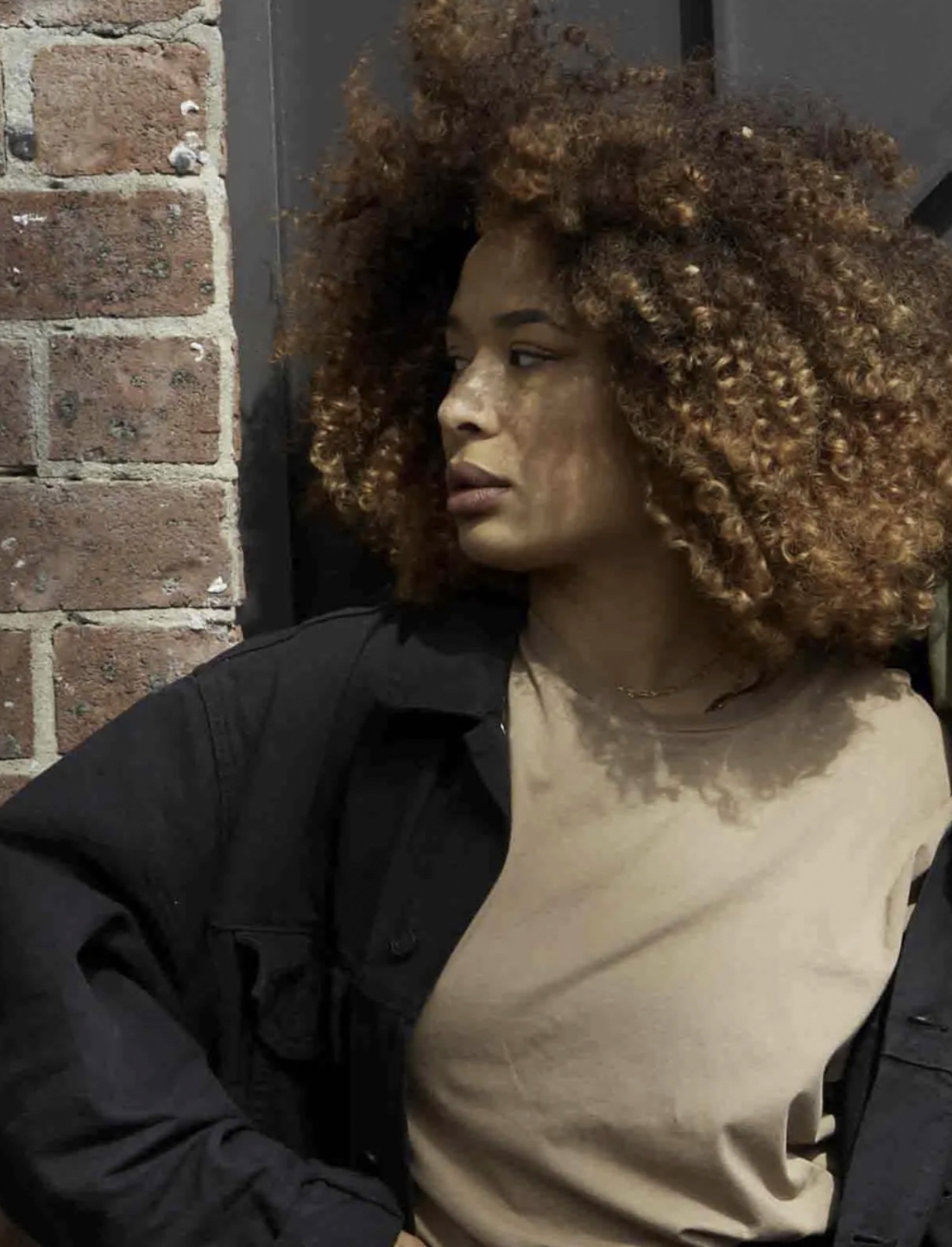
2. Use Shadows and Silhouettes for Dramatic Impact
Why It Works: Shadows introduce sophistication and depth. The subtle contrast creates a visual intrigue that makes your photos pop on busy social media feeds. Additionally, shadows and silhouettes can significantly contribute to the overall mood of the photoshoot, guiding the thematic elements and emotional tone.
Execution Tips: Use window light or artificial lights to backlight your subject. This will create sharp lines and clear silhouettes. The harsh shadows will add drama to your image. This works particularly well for structured garments and accessories.
Pro Insight: Use a fast shutter speed to freeze motion. You can also use natural wind or a fan to add gentle movement to flowing garments, making the shoot more fun and dynamic.
Portfolio Example: In a recent shoot, we used only light and shadow (no props) to highlight a monochrome collection. The result? A 27% higher click-through rate on campaign visuals compared to traditional product shots.
3. Capture Textures Through Close-Up Crops
Why It Works: Fashion is tactile, and textures evoke an emotional connection. Close-ups of fabric details give your audience a way to feel the product through the screen. Close-up crops are an effective technique in product photography to showcase the quality and craftsmanship of the garments.
Execution Tips: Zoom in on stitching, fabrics like satin or leather, and unique finishes to highlight small details that showcase your garments’ quality. Play with raking light to enhance textures and bring them to life. This idea will help you create visually compelling images that emphasize the craftsmanship of your products.
Creative Tip: Use macro lenses or manual focus settings to capture intricate details like thread patterns or fabric surface textures. This editorial-style touch elevates your ecommerce shots and grabs attention.
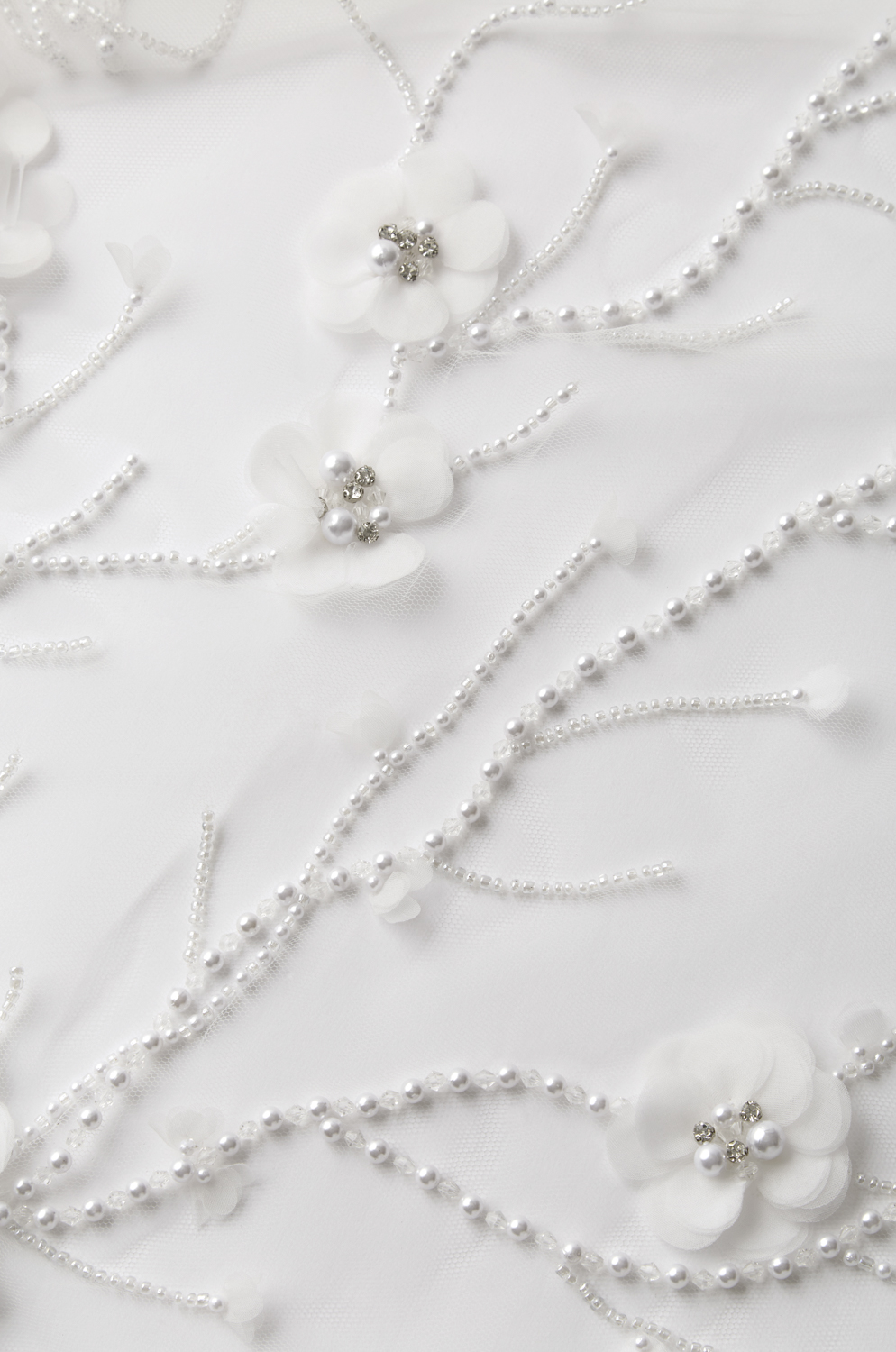
4. Embrace Unconventional Angles for Fresh Perspectives
Why It Works: Shooting from unique angles can turn an ordinary outfit into a standout piece of visual content, showcasing different styles and perspectives. Think of it as creating an editorial-style shot, even for ecommerce. Unconventional angles can create a memorable fashion photo by showcasing unique perspectives.
Execution Tips: Capture your subject from above, below, or even partially behind them. Asymmetrical compositions or tilted frames can make the shot more visually striking.
Pro Tip: Low-angle shots with taller models can give the garments an elevated, runway-like feel - perfect for making basic product listings feel high fashion.
Creative Tip: Close-up crops can highlight textures and details that might be missed in wider shots. Incorporating these techniques into your fashion photoshoot ideas can elevate your ecommerce shots and grab attention.
5. Create Bold Visual Impact with Colour Blocking
Why It Works: While studio photography offers clean, precise imagery, high-contrast backgrounds help make the clothing pop and guide the viewer’s eye directly to the product, ensuring it’s the focal point of the image.
Execution Tips: Use a well-selected colour palette that aligns with your brand’s visual identity to enhance visual storytelling, or create a monochrome look by matching the product and the background.
Example: In a recent shoot for a luxury brand, wised a bold red background contrasting with cyan garments, which led to increased engagement on paid social media posts.e u
Pro Tip: Low-angle shots with taller models can give the garments an elevated, runway-like feel - perfect for making basic product listings feel high fashion, a technique often used by a professional photographer.
6. Mix Studio and Lifestyle Shots for Depth
Why It Works: Fashion doesn’t live in a vacuum. Integrating both clean product shots and subtle lifestyle elements gives depth to your visuals, creating a balance between precision and authenticity.
Execution Tips: Style the same piece on different models or pair it with various accessories to ensure a successful shoot that highlights its versatility. Incorporate minimal studio setups but use real-world props - such as chairs, textured flooring, or mirrors - to suggest a lived-in look. Additionally, utilise light modifiers like soft boxes and umbrellas to achieve precise control over lighting in both studio and lifestyle shots.
Pro Tip: This hybrid approach is ideal for brands that want ecommerce precision alongside a touch of editorial flair, helping to create unique fashion images.

7. Showcase the Versatility of Your Pieces
Why It Works: Today’s shoppers value multifunctional clothing. Props reinforce your brand’s message, audience, and lifestyle, enhancing the storytelling aspect of your visuals. Show how one item can be styled multiple ways to increase its appeal and provide more value.
Execution Tips: Style the same piece on different models or pair it with various accessories to create a diverse range of fashion photos. This will allow you to showcase its versatility in different contexts. Highlighting a model wearing different outfits can convey various themes and styles, enhancing the visual narrative.
Creative Advice: Keep backgrounds simple and consistent with lighting to ensure the focus remains on the clothing and the varied looks you’re presenting.
8. Incorporate On-Brand Props for Storytelling
Why It Works: Props reinforce your brand’s message, audience, and lifestyle. By including these elements, you can tell a bigger story without needing a full location shoot.
Execution Tips: Use everyday items like books, plants, coffee mugs, or tech accessories that align with your audience’s world. These props can help create a narrative and set the mood, enhancing the overall styling of the shoot.
Design Identity Insight: In one recent loungewear shoot, we used books and mirrors as props, leading to a 35% increase in social saves and engagement on Instagram.

Planning a Photoshoot
Planning a photoshoot is a crucial step in creating successful fashion photographs. It involves researching ideas, selecting a location, choosing a model, and deciding on a theme or concept. A mood board can be a helpful tool in planning a photoshoot, as it allows you to visualise your ideas and share them with your team. When planning a photoshoot, consider the style and aesthetic you want to achieve, as well as the message you want to convey through your images. Street fashion photography, for example, can be a great way to capture the latest trends and styles, while studio photography can provide more control over lighting and composition. By meticulously planning each element, you ensure that your photoshoot runs smoothly and that the final images align perfectly with your creative vision. Brainstorming and selecting creative ideas for your next photoshoot is essential to ensure it is unique and visually engaging.
Working with Fashion Photographers
Collaborating with fashion photographers can be a game-changer for your creative projects. These professionals bring a wealth of experience, unique perspectives, and innovative ideas to the table, making them invaluable partners in your fashion photography journey.
Understanding Camera Settings
Mastering camera settings is essential for capturing high-quality fashion photographs. Understanding how to manipulate these settings allows you to create images that are both technically sound and visually captivating.
Utilising Natural Light
Natural light is a powerful tool in fashion photography, and can be used to create a wide range of effects. From soft, flattering light to harsh, dramatic shadows, natural light can add depth and interest to your images. When shooting outdoors, consider the time of day and the position of the sun to achieve the desired effect. Golden hour, for example, can provide a warm, soft light that’s perfect for capturing beautiful images. As a fashion photographer, it’s essential to understand how to work with natural light to create stunning and creative fashion photographs. By mastering the use of natural light, you can enhance the mood and atmosphere of your images, making them more engaging and visually appealing. Natural light during golden hour can also create a nostalgic feel, evoking sentiments from the past.
Studio Lighting Techniques
Studio lighting is a cornerstone of fashion photography, offering complete control over the lighting and atmosphere of an image. Understanding and mastering studio lighting techniques can elevate your fashion photographs to new heights.
Capturing High Fashion
Capturing high fashion requires a deep understanding of the fashion industry, the latest trends, and a keen eye for detail. High fashion photography is all about creating exclusive and luxurious content that stands out.
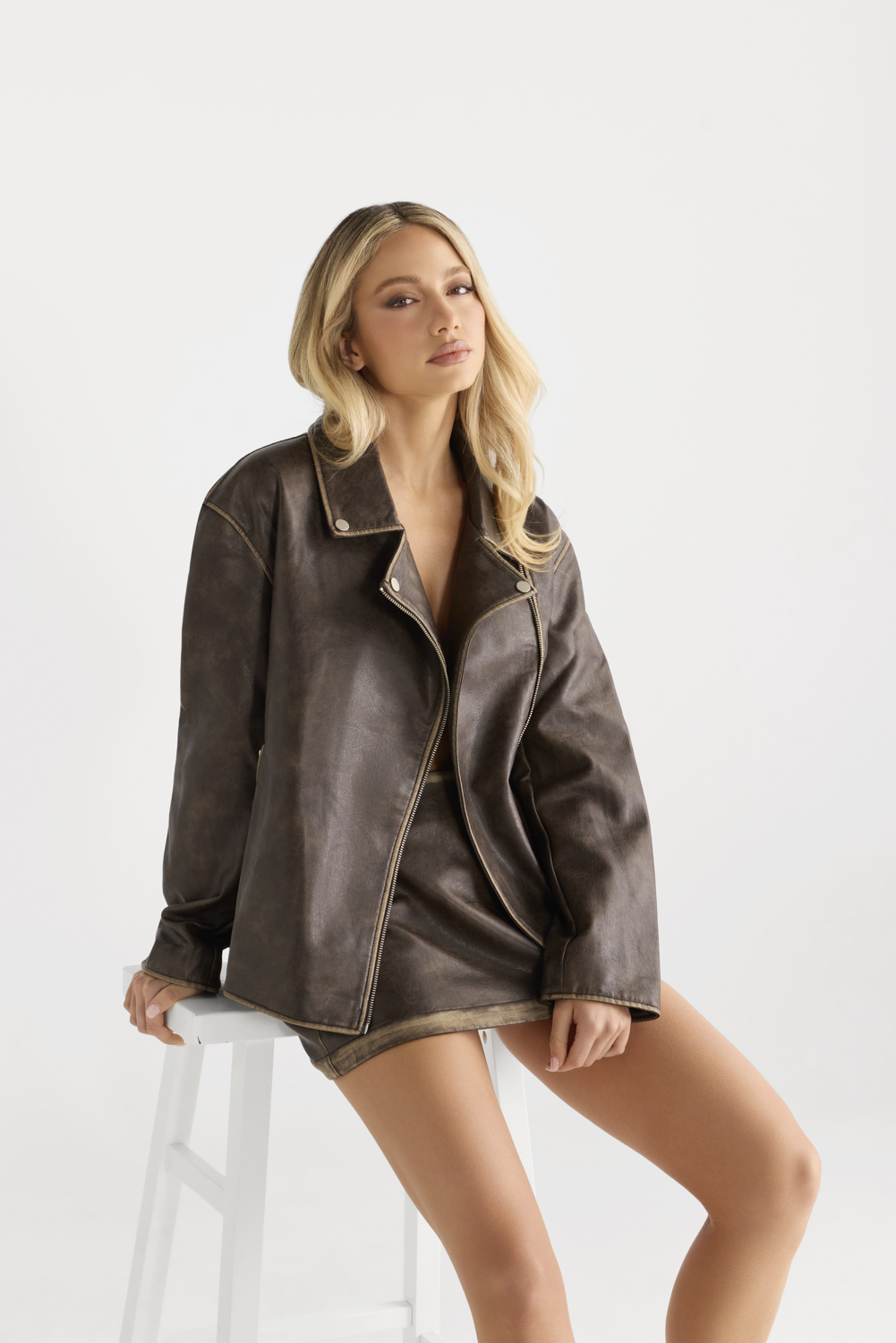
Editing and Post-Production Techniques
Editing and post-production are essential steps in the fashion photography process. They allow you to enhance and refine your images, adding the final touches to create a polished and professional look. From adjusting exposure and contrast to retouching and color grading, there are a wide range of techniques you can use to edit and enhance your images. As a fashion photographer, it’s essential to have a good understanding of editing software and techniques, as well as the skills and knowledge to apply them effectively. Whether you’re working with black and white photography or color, editing and post-production can make all the difference in creating stunning and creative fashion images. By investing time in post-production, you can elevate your work to new heights, ensuring that every detail is perfect. Try using color grading or adding creative effects to improve your images in post-production.
Collaborating with Other Creatives
Collaboration is a key part of fashion photography. It involves working with other creatives like models, makeup artists, and stylists. When you collaborate, clear communication is essential. You need to share your vision and ideas to keep everyone on the same page. As a fashion photographer, you might work with professional or non-professional models. It’s important to direct and guide them to get the right effect. Whether you’re doing a fashion shoot or a street style shoot, teamwork is vital for creating stunning images. By working together, you can make photos that are beautiful and tell a story. This teamwork can lead to amazing results, making your photoshoots more dynamic and successful. Many photographers find success through collaboration, as it boosts creativity and improves fashion imagery by combining ideas and skills.
Why Creative Fashion Photography Sets Your Brand Apart
In today’s visually-driven world, first impressions are extremely important. Your imagery speaks volumes before your products do.
Stronger Visual Identity: Cohesive and creative visuals don’t just sell products - they build a visual identity that resonates with your target audience. The most successful fashion photographers develop a distinct style that helps attract the right clients and creates a cohesive portfolio.
Increased Conversions: Stunning visuals stop customers from scrolling and drive engagement, which leads to more conversions. A great photo can make all the difference in capturing attention.
Unique fashion photography ideas and compelling storytelling through imagery are essential for maintaining a competitive edge in the ecommerce space.
How to Use Photography to Align with Your Brand's Voice
Each photograph should reflect your brand’s ethos. Whether you’re a high-end luxury brand or a laid-back streetwear label, your visuals should communicate your values clearly. For example, if you’re promoting sustainable fashion, your imagery might feature nature-inspired backgrounds, earthy textures, and organic props. On the other hand, a luxury brand might use sleek lines, clean lighting, and minimalist compositions. Make sure your fashion photography ideas reflect the lifestyle and values that your customers connect with, as successful fashion photographers do, and consider creating a mood board to guide your visual direction. It’s important to not just highlight your product but also reflect the lifestyle or mood your customers aspire to. Additionally, self-portraits that showcase individual fashion sense and identity can help reflect personal style, making your brand more relatable and unique.
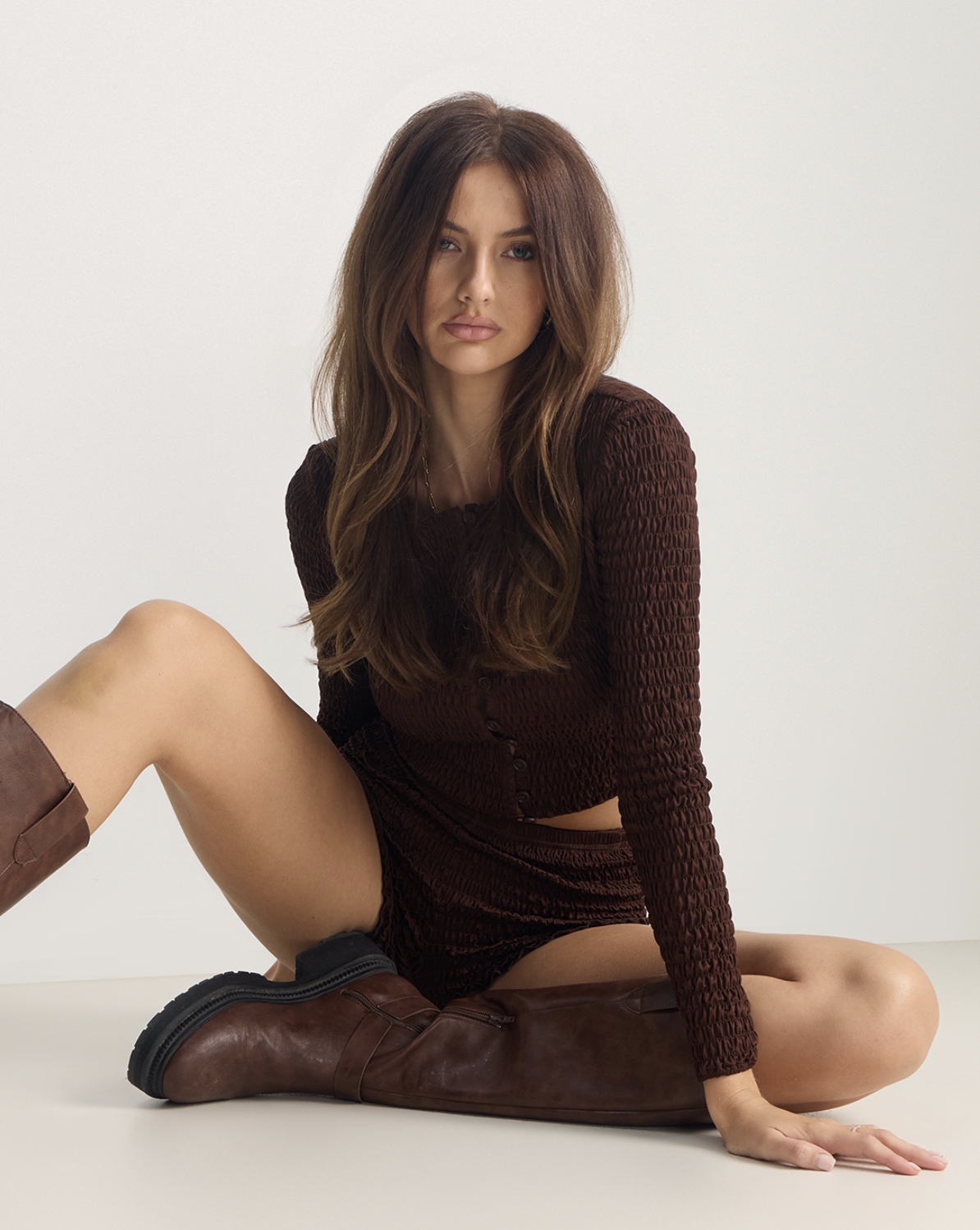
How to Leverage Photography Across Multiple Platforms
Good photography has the potential to work across multiple platforms and campaigns, ensuring consistency and maximising your ROI.
· Ecommerce Store: High-quality photographs are crucial for your product pages. Customers need to see all angles of the product to capture beautiful images that help them make a smart purchase. They should also see details like textures and stitching.
· Social Media: Use creative fashion photography for Instagram, Pinterest, and TikTok to attract new customers. Seasonal themes and creative experimentation in shoots can further enhance engagement on these platforms.
· Email Campaigns: Incorporate these stunning visuals into your email marketing campaigns to boost open rates and engagement.
How to Stay Consistent with Your Brand’s Visual Language
Visual consistency plays a vital role in establishing a robust brand presence that resonates with your audience. Your photography, including colour palettes and shot styles, must match your overall branding on different platforms. This clear approach improves the professionalism of your work, builds trust and reliability in fashion photography, resulting in beautiful photos that strengthen your brand identity. The fun part is brainstorming creative ideas for photoshoots to ensure visual consistency and engagement.
Elevate Your Fashion Brand with Expert Photography with Design Identity-
Fashion photography is more than just showcasing products; it’s a compelling storytelling tool that can elevate your brand. Design Identity uses techniques like studio lighting, you can create a visual narrative that resonates with your audience and strengthens your brand identity.
Studio Location: 25/34-36 Ralph St, Alexandria, NSW 2015
Phone: (02) 8339 0130
Email: bookings@designidentity.com.au




